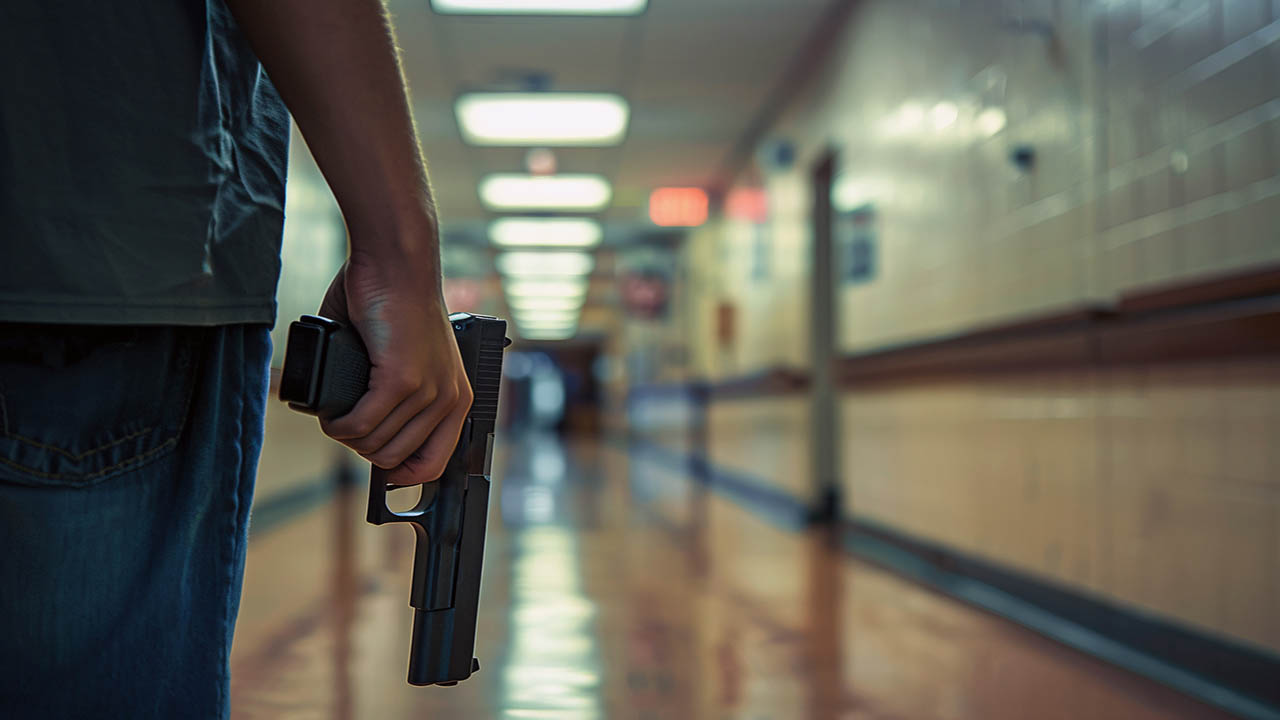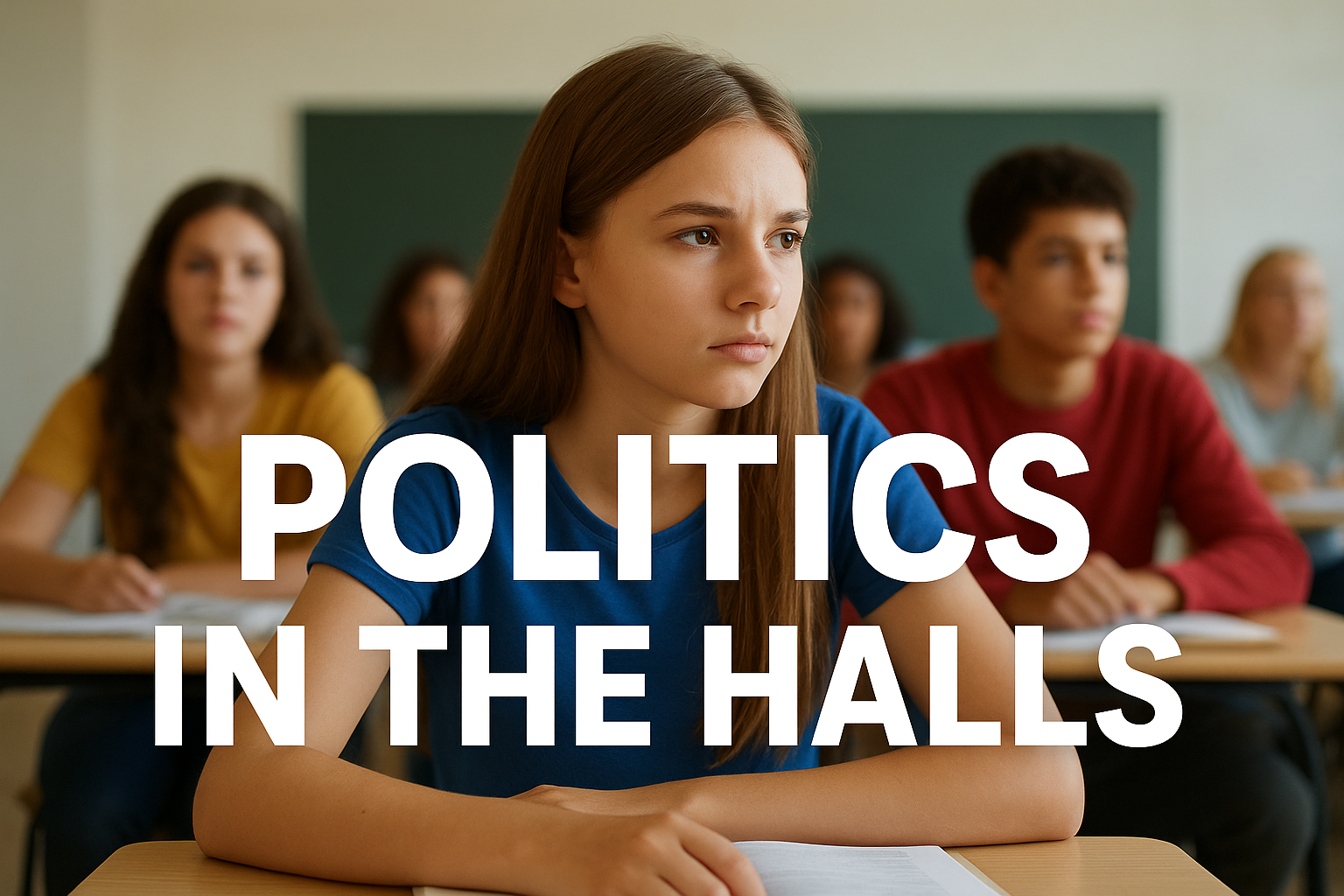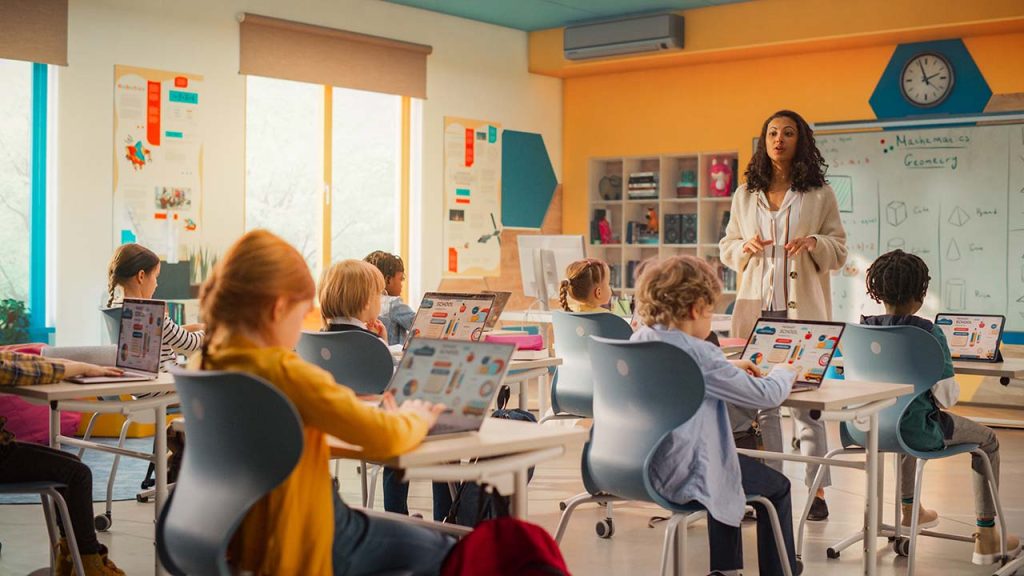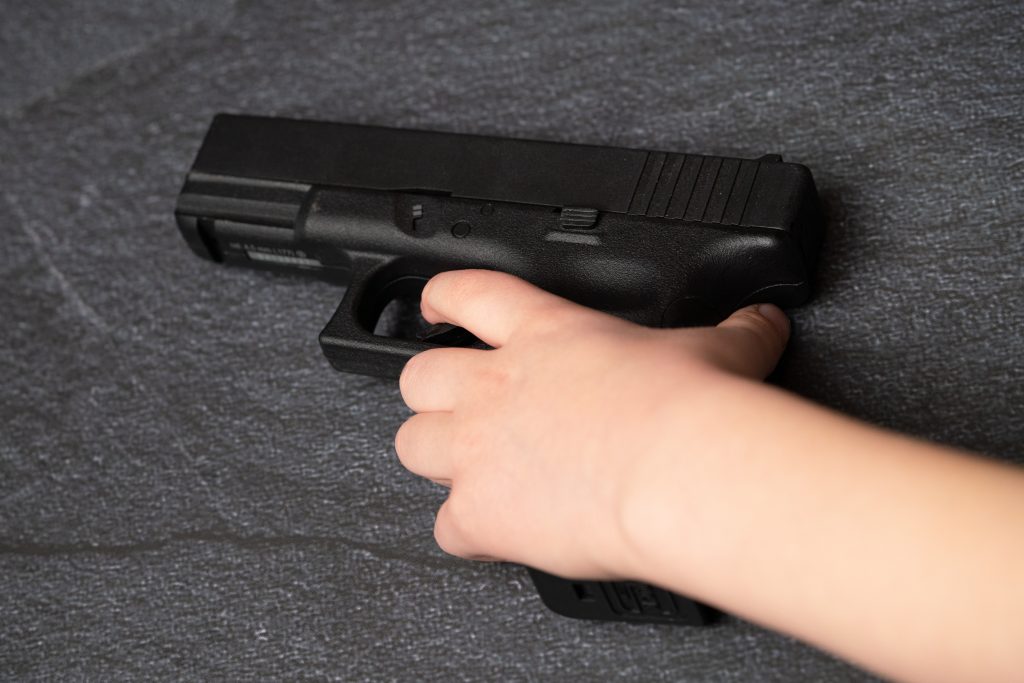

Administrative Missteps or Unavoidable Tragedy? Why School Officials Are Now Under Fire After the Apalachee High School Shooting
In the aftermath of tragedies like the recent shooting at Apalachee High School, the instinctive reaction is to ask one question: Could it have been prevented? Many are now pointing fingers at the school administration, suggesting that if they had acted faster, four lives might have been saved and nine others spared from injury. But in our rush to assign blame, are we overlooking critical complexities? Is the administration truly at fault, or are we, as a society, falling into the pattern of holding everyone responsible but the actual perpetrator?
The facts reveal that on the morning of September 4, the shooter’s mother, Marcee Gray, called the school to report an “extreme emergency” involving her son. In hindsight, this warning feels like a final chance to prevent the inevitable. But it’s important to remember that emergencies are rarely black and white when they’re unfolding in real-time. School officials did respond, sending an administrator to check on the student. However, confusion over a similarly named classmate led to a critical delay, and the shooting began shortly after. An administrator with good relations with his or her assigned students and knowledge of the reported mental health issues, should have instantly known which student they were looking for. The fact that there was confusion over a student with a similar name indicates they did not know who he was.
While it’s easy to argue that the administration could have done more, one must ask: What, exactly, could have been done in those few moments to prevent the shooting? Some have suggested that a school-wide lockdown could have mitigated the threat. But would that really have made a difference? Lockdowns are designed to protect students and staff from external threats or unknown dangers, but when the perpetrator is a student who knows the school’s emergency procedures, it’s questionable whether it would have worked in this case. Colt Gray, like every other student, had participated in lockdown drills. He knew the protocols and likely would have been able to bypass or exploit them. Locking down may have bought the school more time, but it’s a stretch to say that it would have unequivocally stopped him.
This brings us to a more glaring oversight: the absence of the School Resource Officer (SRO) during the administrator’s search for Gray. If the school was truly aware that there was a potential threat, why wasn’t the SRO, who is specifically trained to handle these situations, involved from the outset? Schools rely on SROs to be the frontline of security, and in a case involving a suspected imminent threat, it would have been prudent to bring them along. This omission raises deeper questions about the relationship between the school administration and its SRO. Was there a breakdown in communication or a lack of clarity about the SRO’s role? More importantly, was there a level of discomfort in engaging the SRO that compromised the school’s ability to respond swiftly?
It’s worth considering how often schools and their SROs are on the same page when it comes to handling threats. School administrators are focused on education, safety, and the wellbeing of students, while SROs are primarily responsible for security and law enforcement. These are distinct roles, and they can sometimes clash when it comes to decision-making in tense situations. Was the SRO aware of the mother’s warning? If so, why didn’t they accompany the administrator to the classroom to assess the threat? These questions aren’t just about accountability—they point to the broader issue of how schools and law enforcement coordinate during crises. If there is tension or a gap in communication between school administrators and their SRO, the safety of the entire school community is at risk.
We must also know and understand that school administrators are educators, not incident commanders or crisis managers. Most school administrators have little to no education in these matters. Administrators are trained and educated to improve instruction, not to manage school shootings.
Beyond the practicalities of response time and protocol, there’s also the uncomfortable truth that society tends to shift responsibility away from the perpetrator in the aftermath of such tragedies. In many ways, blaming the administration or pointing to procedural flaws allows us to avoid confronting the harsher reality: a 14-year-old boy, a student at that very school, planned and carried out an act of mass violence. The perpetrator is not a faceless threat; he’s someone who sat in the same classrooms as his victims. In our search for answers, we often focus on who should have stopped him, as though external actions alone could have altered the course of events. But the real issue lies within the complex dynamics of a young boy’s life—a child whose mental health struggles, difficult home life, and previously expressed suicidal and homicidal thoughts were known. The system may not have intervened in time, but ultimately, the responsibility rests on the one who pulled the trigger.
This is not to absolve schools or society from addressing systemic flaws. There’s always room for improvement in crisis management, mental health support, and the relationships between schools and law enforcement. But we must be careful not to fall into the trap of believing that a perfectly executed protocol could have neutralized a young man intent on violence. The incident at Apalachee High School is tragic not just because of what happened, but because of the several ways we, as a society, failed to intervene earlier—not just in the final moments, but long before.
Moving forward, the focus must be on fostering stronger partnerships between schools and SROs, ensuring mental health concerns are treated with the urgency they deserve, and shifting from a culture of blame to one of proactive prevention. No single entity can prevent every tragedy, but a collaborative, informed approach can help create safer, more responsive school environments. Only then can we hope to address the deeper, more complex issues that underlie such devastating acts of violence.
Dig Deeper With Our Longreads
Newsletter Sign up to get our best longform features, investigations, and thought-provoking essays, in your inbox every Sunday.
The MEN was founded by John Huber in the fall of 2020. It was founded to provide a platform for expert opinion and commentary on current issues that directly or indirectly affect education. All opinions are valued and accepted providing they are expressed in a professional manner. The Maryland Education Network consists of Blogs, Videos, and other interaction among the K-12 community.










